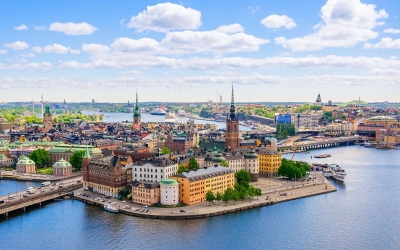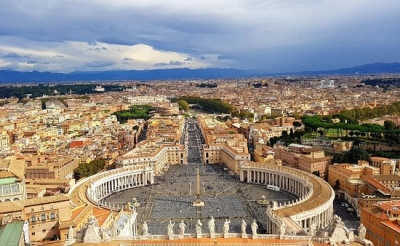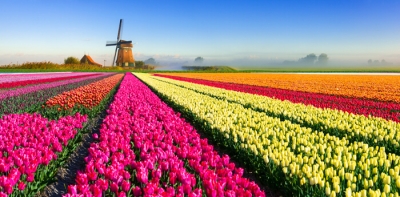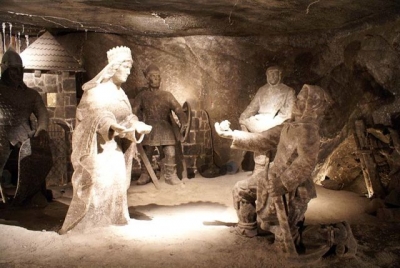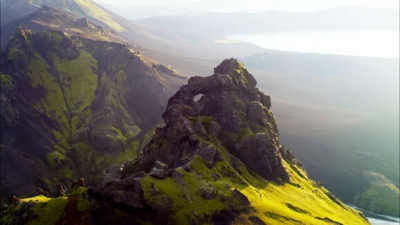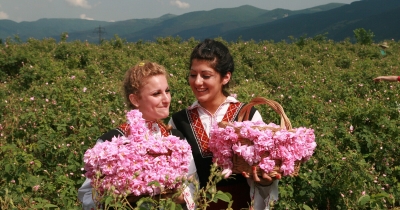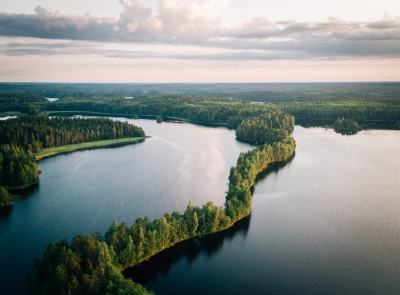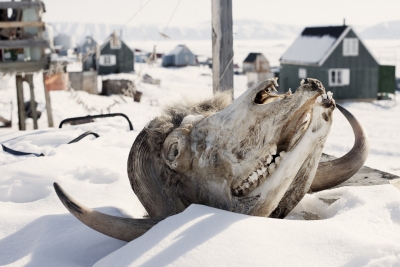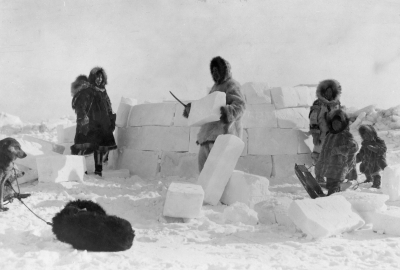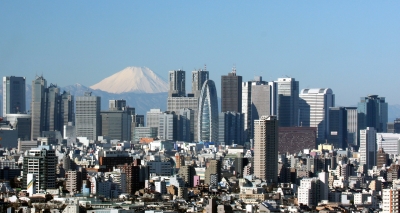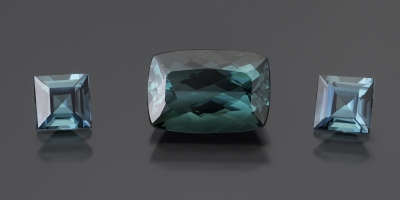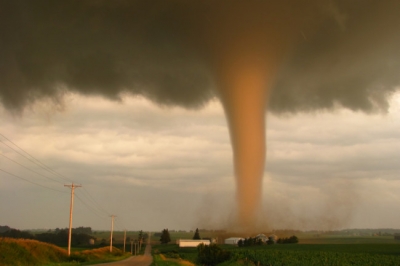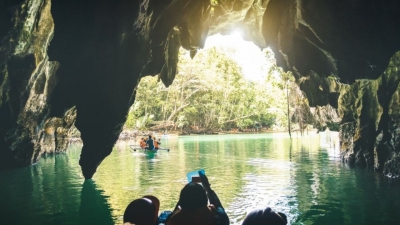Where to find Africa’s largest national parks?
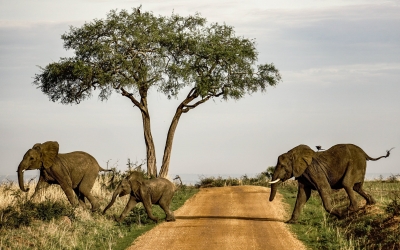
The animals of Africa, many of them belonging to species which are now rare, today live under special protection from the danger of being hunted into extinction.
These animals live in national parks, huge areas reserved for them in central and eastern Africa. With the aid of wildlife Fund, these parks have become great tourist attractions. Every year thousands of people come from all over the world to see the giraffes, elephants, lions, gazelles, rhinoceroses, hippopotamuses and reptiles which live in freedom in these reserves.
There are good tracks and smooth roads and visitors can drive for hundreds of kilometres through these national parks. Some of Africa’s most important reserves are in Kenya and Tanzania. The Serengeti National Part in northern Tanzania covers an area of 15,000 square kilometres and extends from Lake Victoria to Mount Kilimanjaro. It has the finest collection of plains animals in Africa and is especially famous for its lions.
Picture Credit : Google
